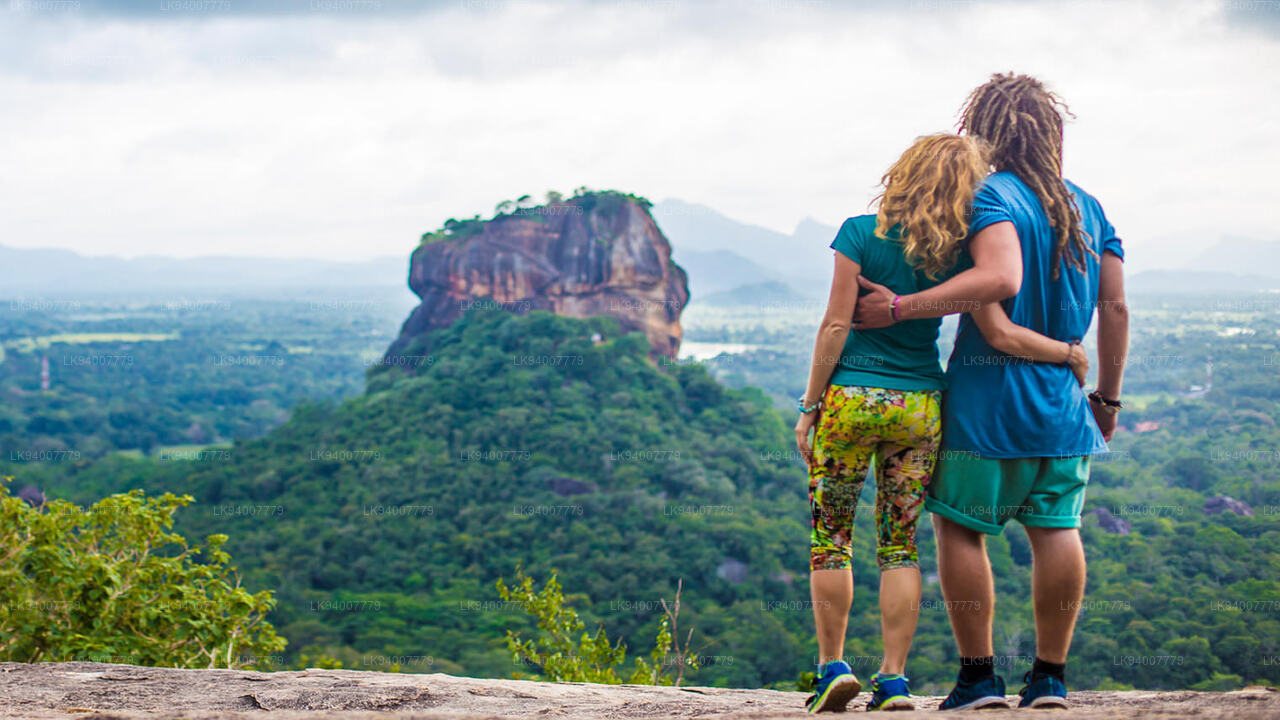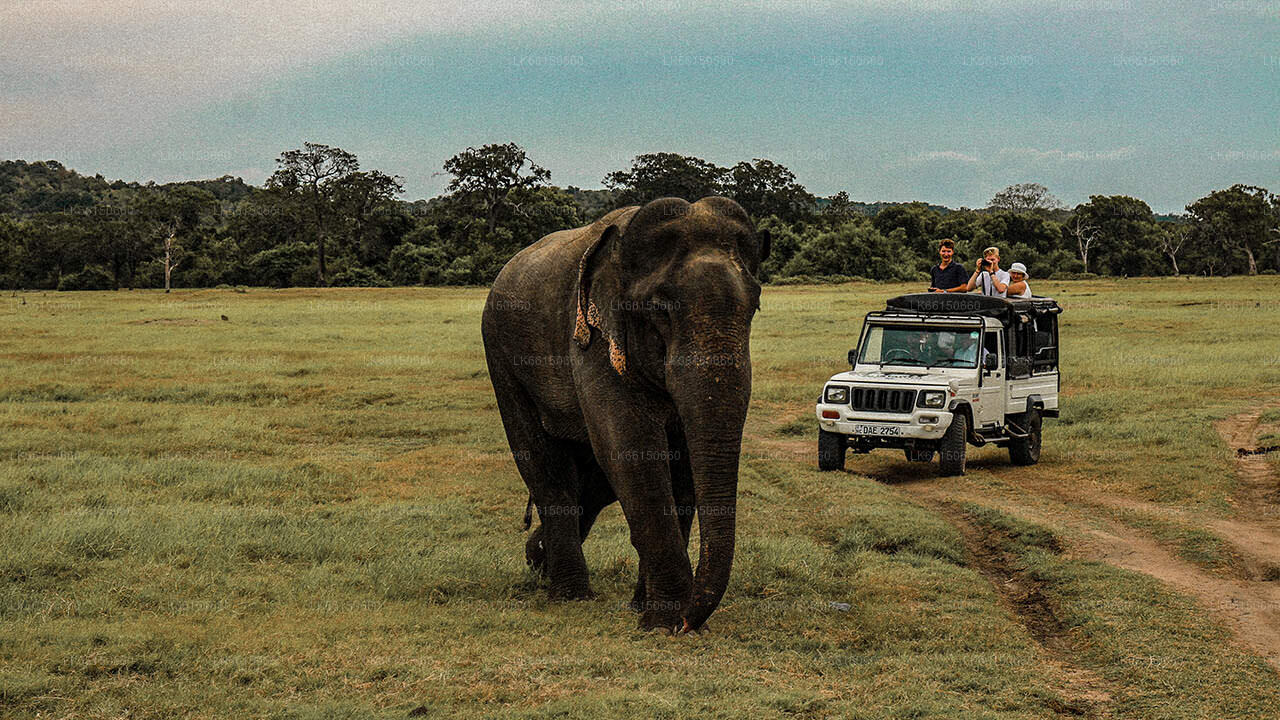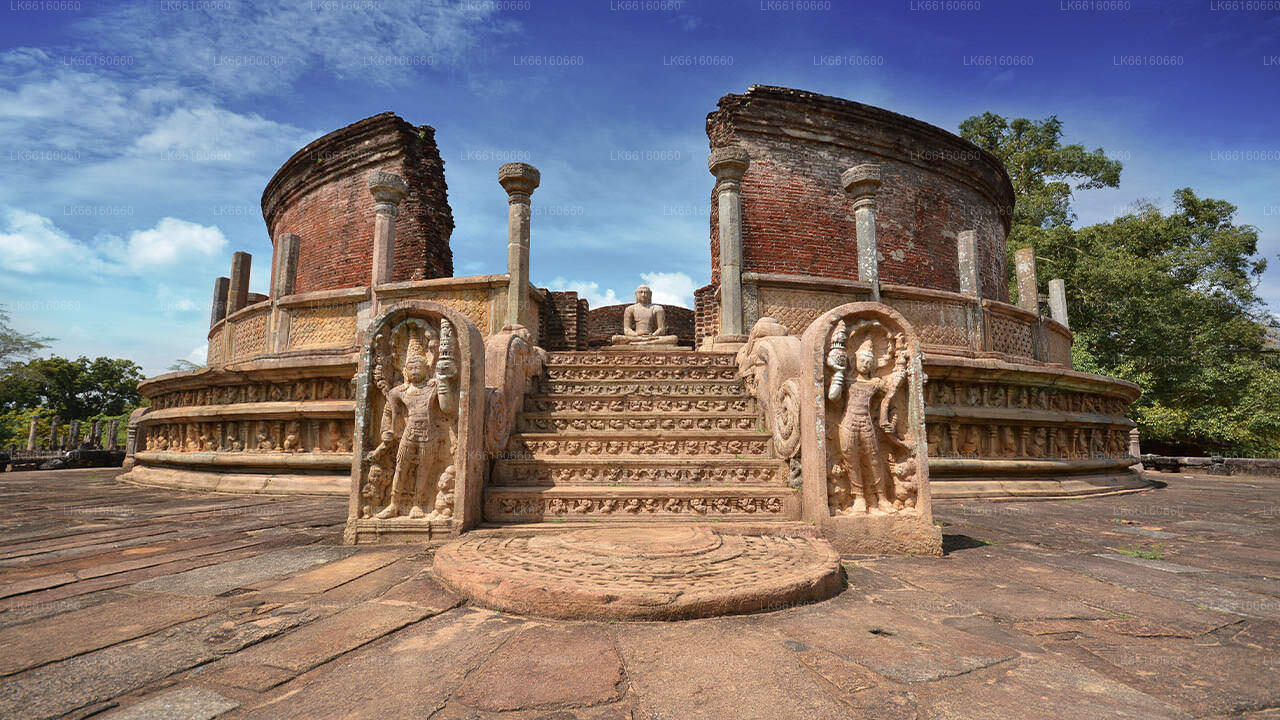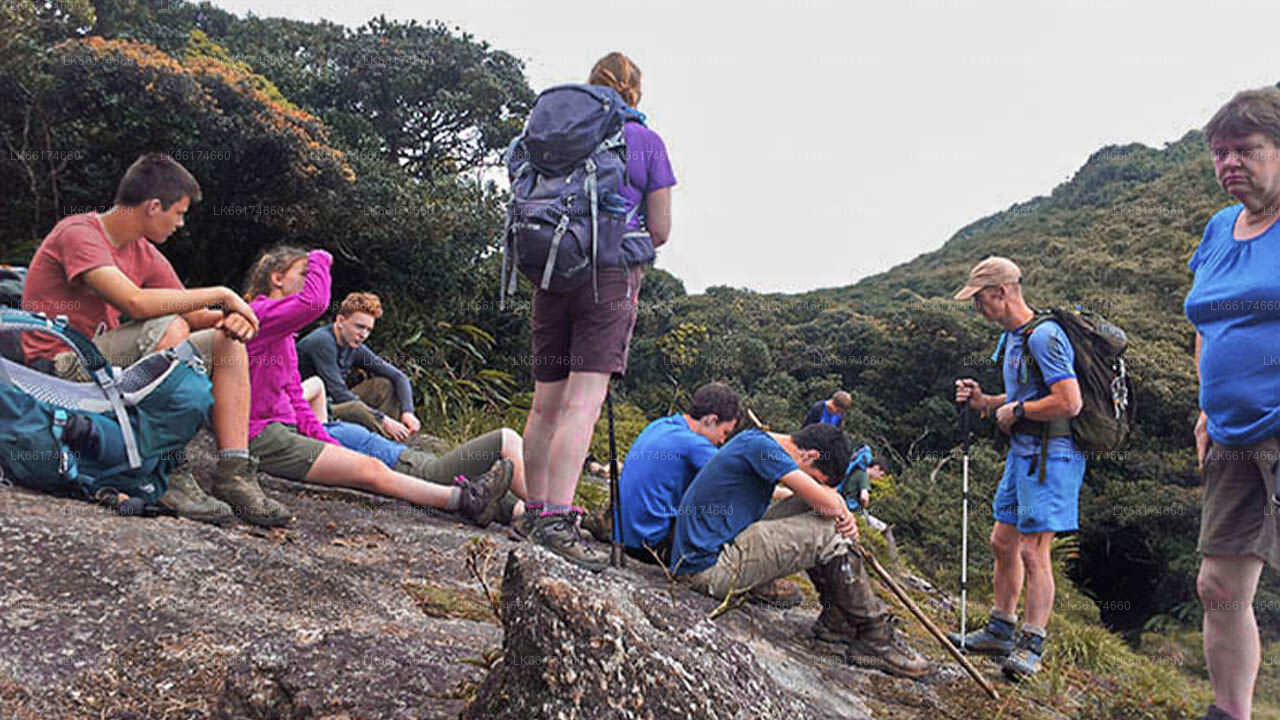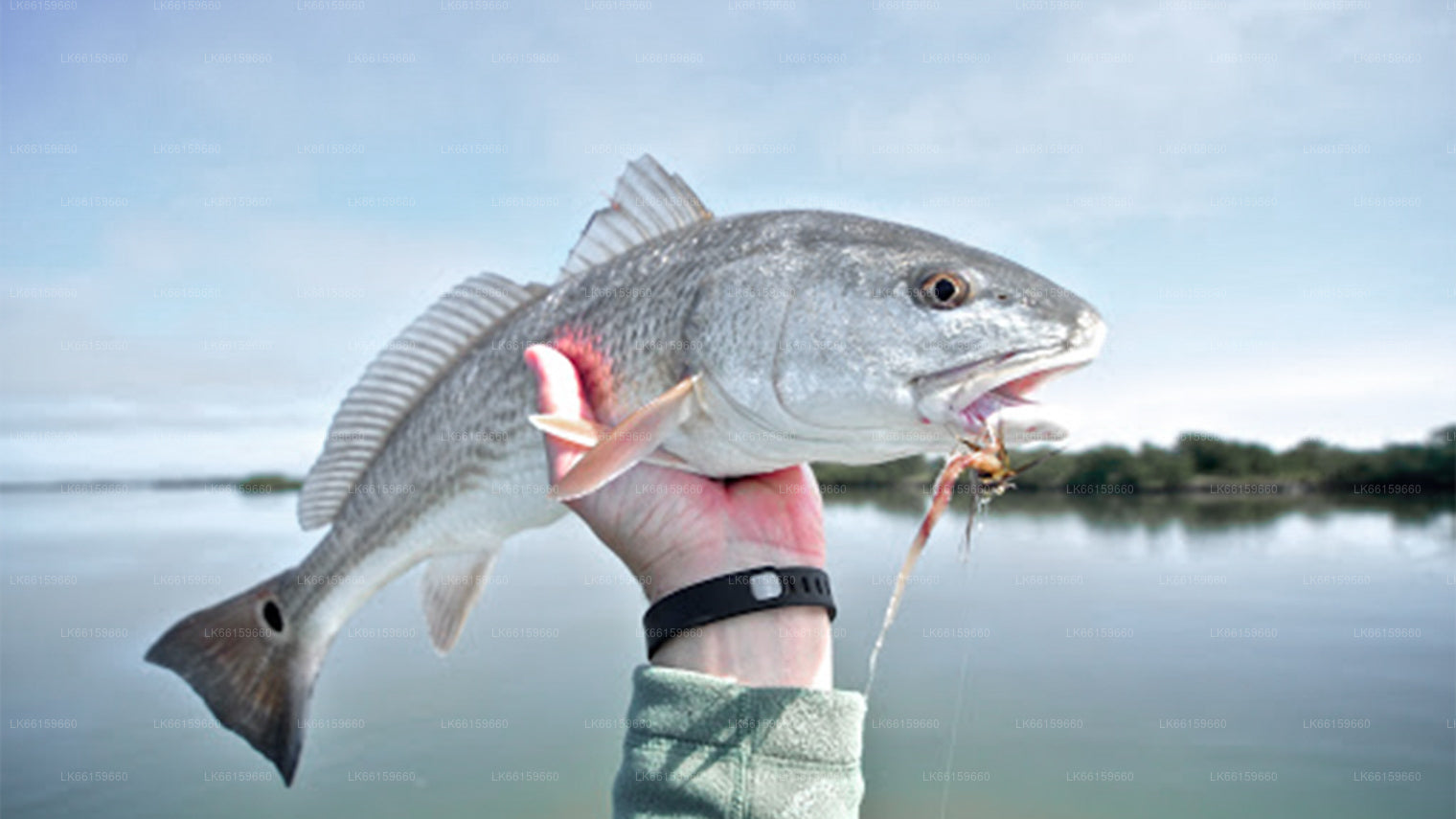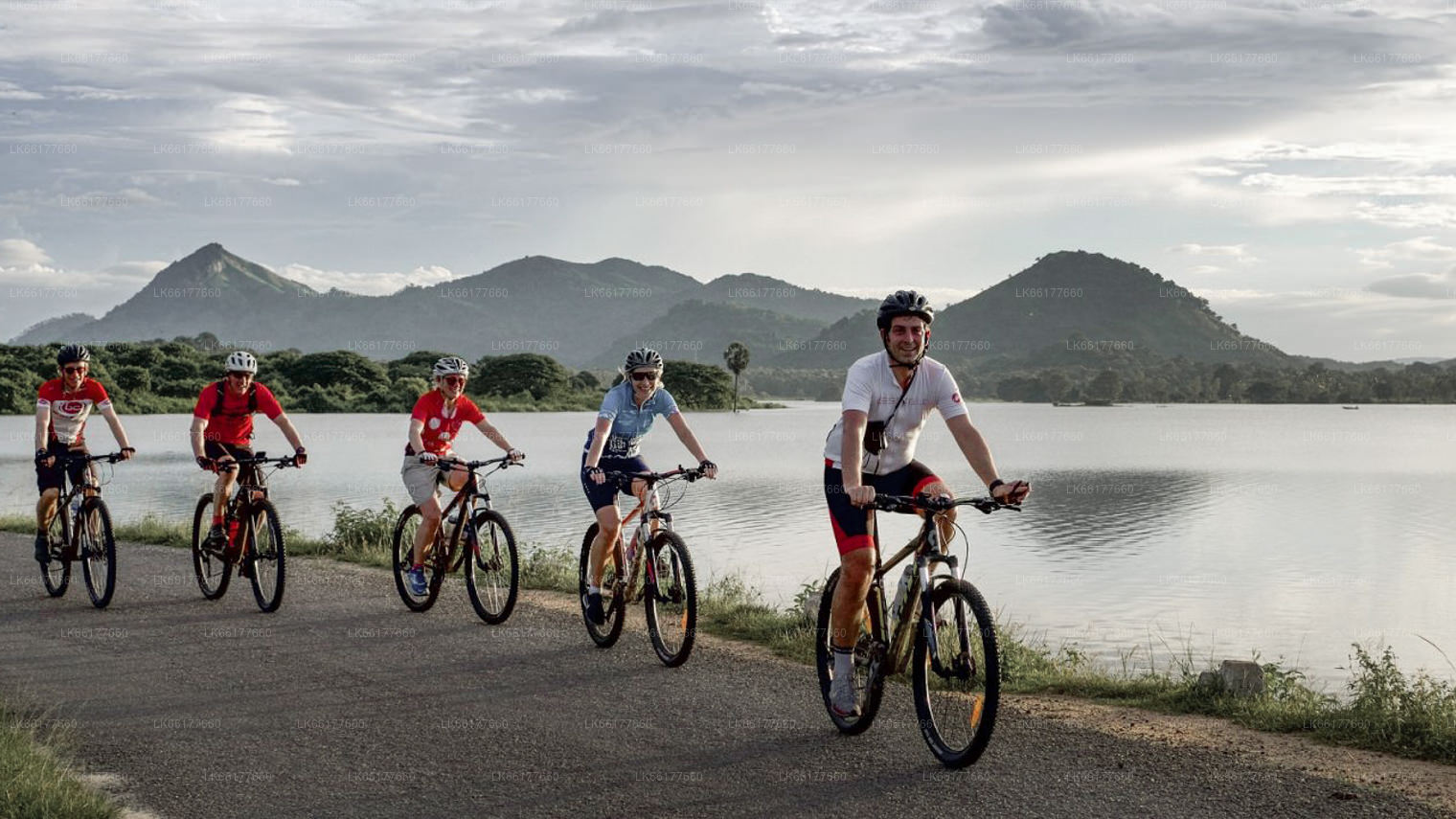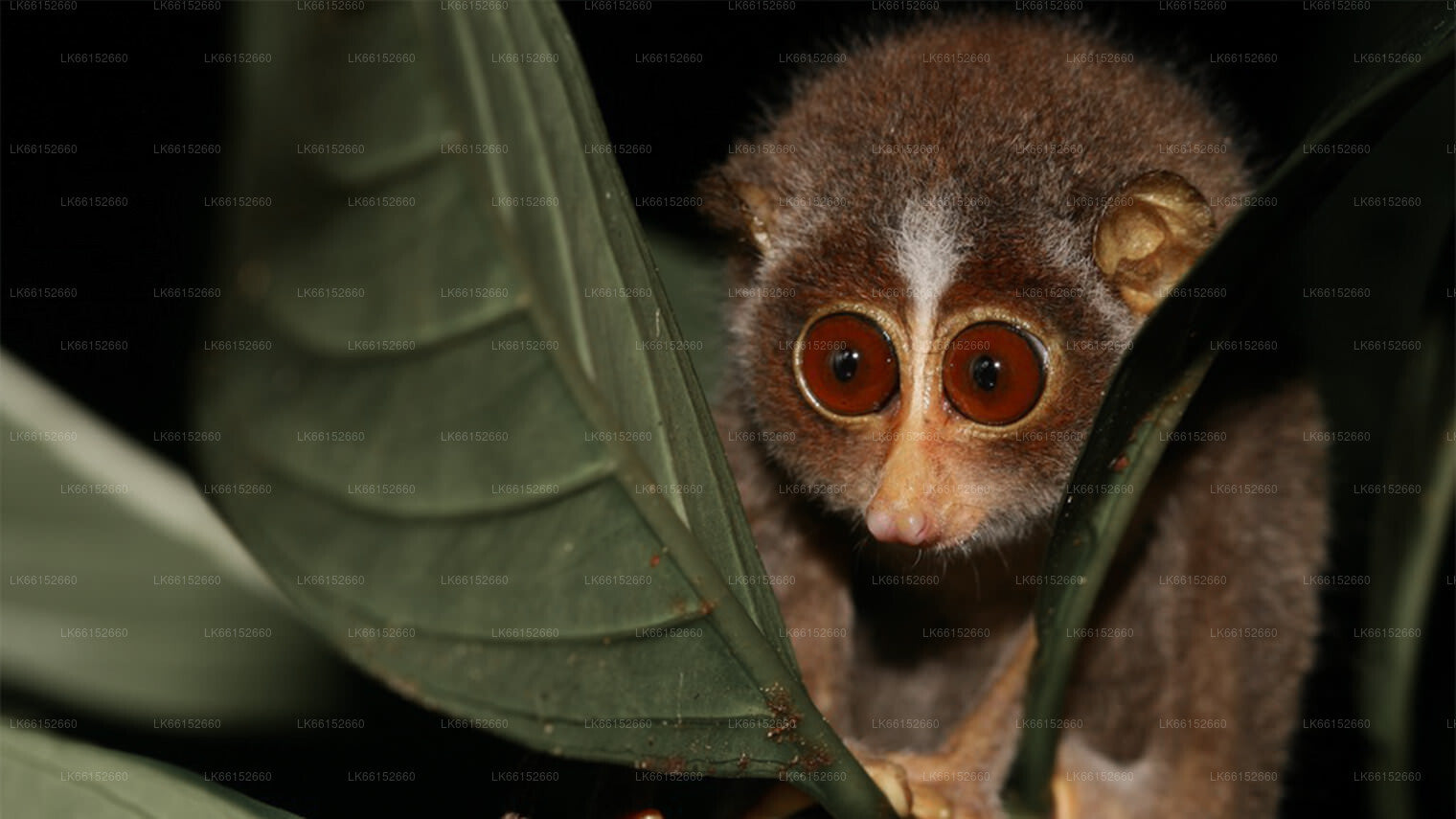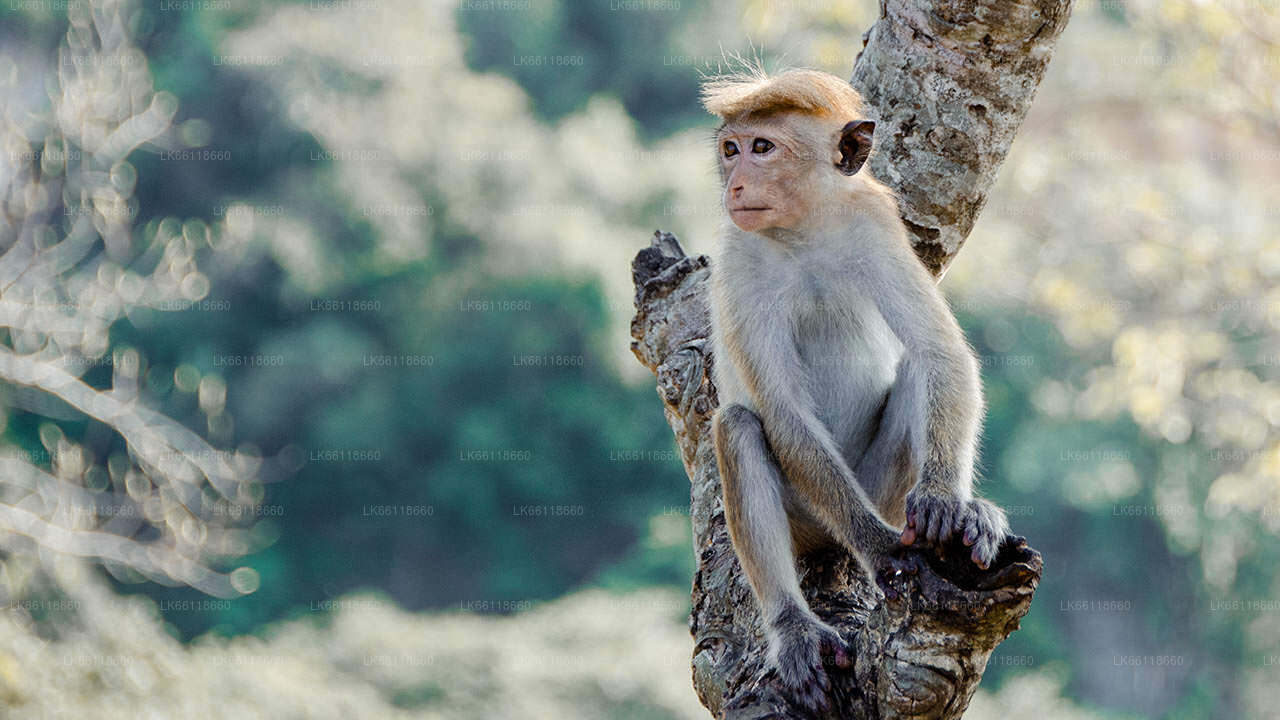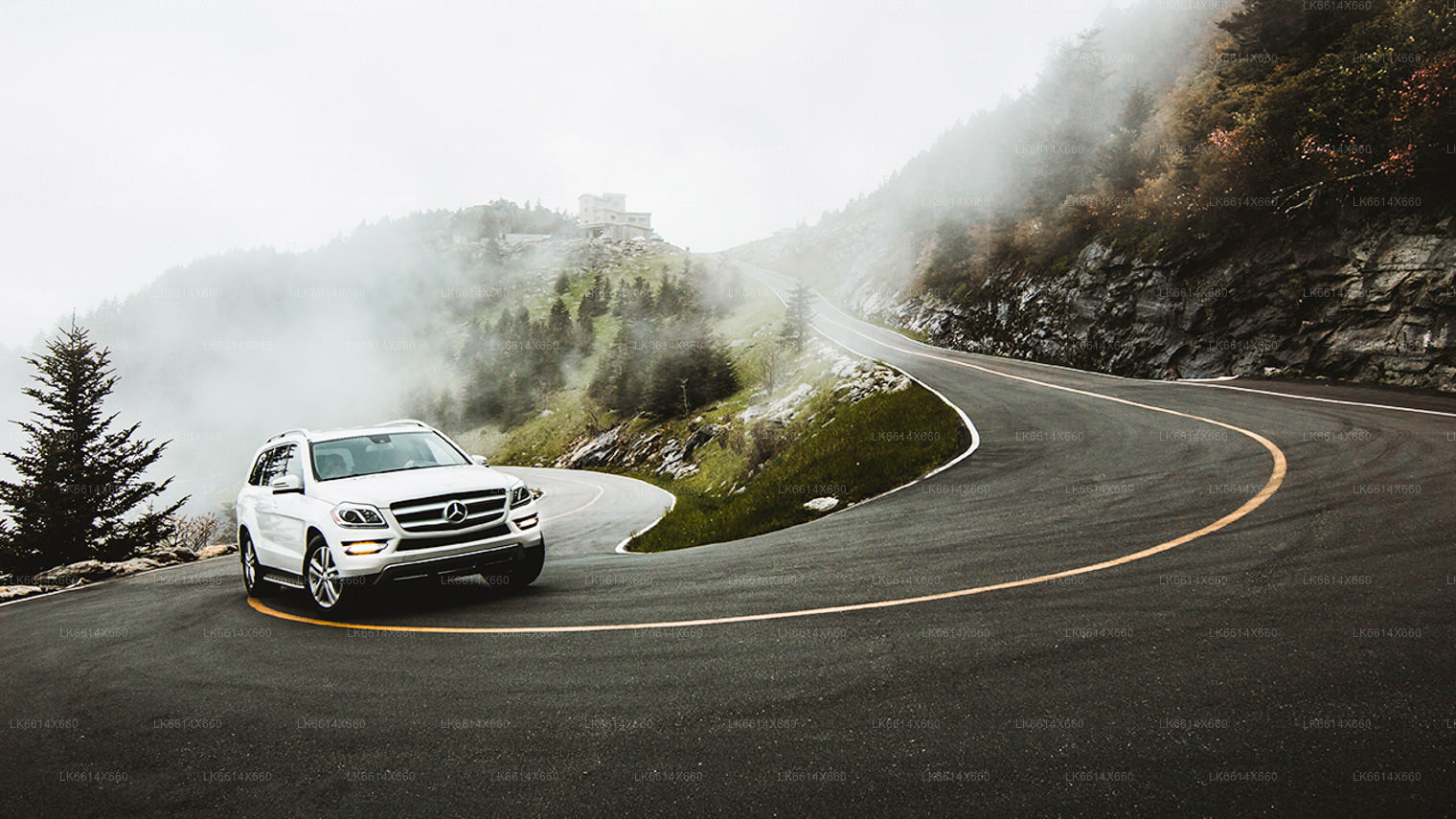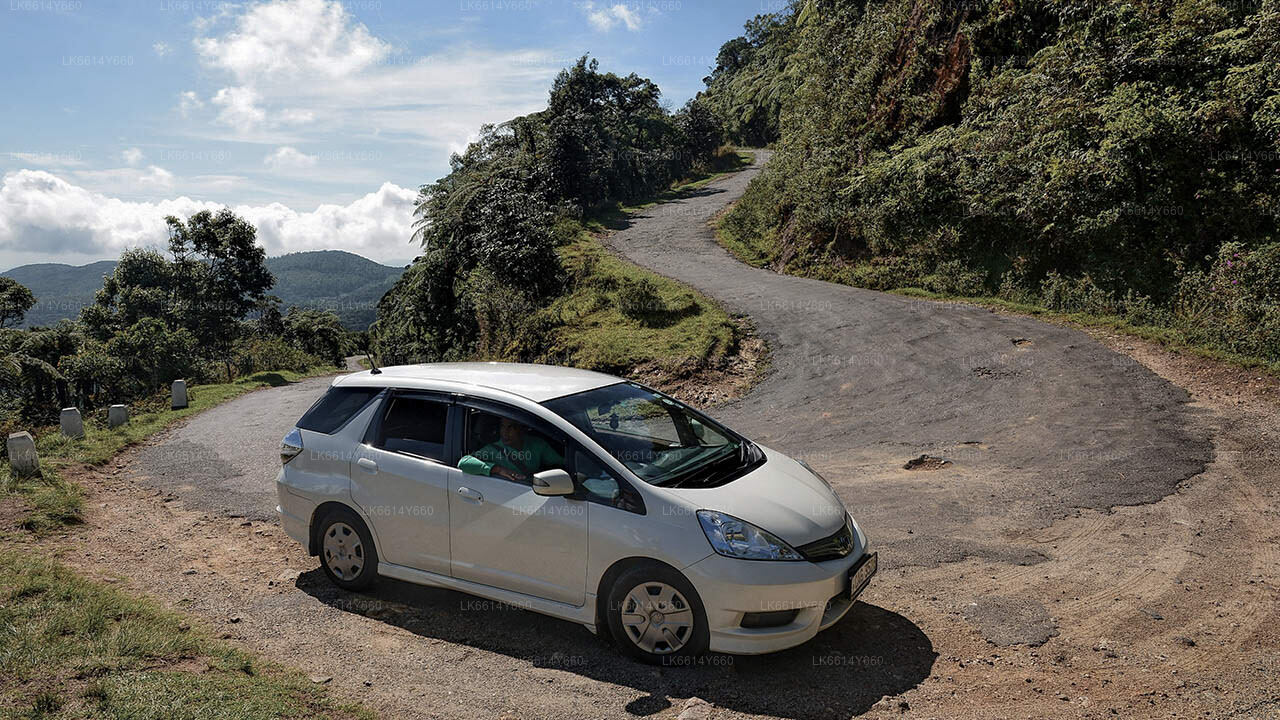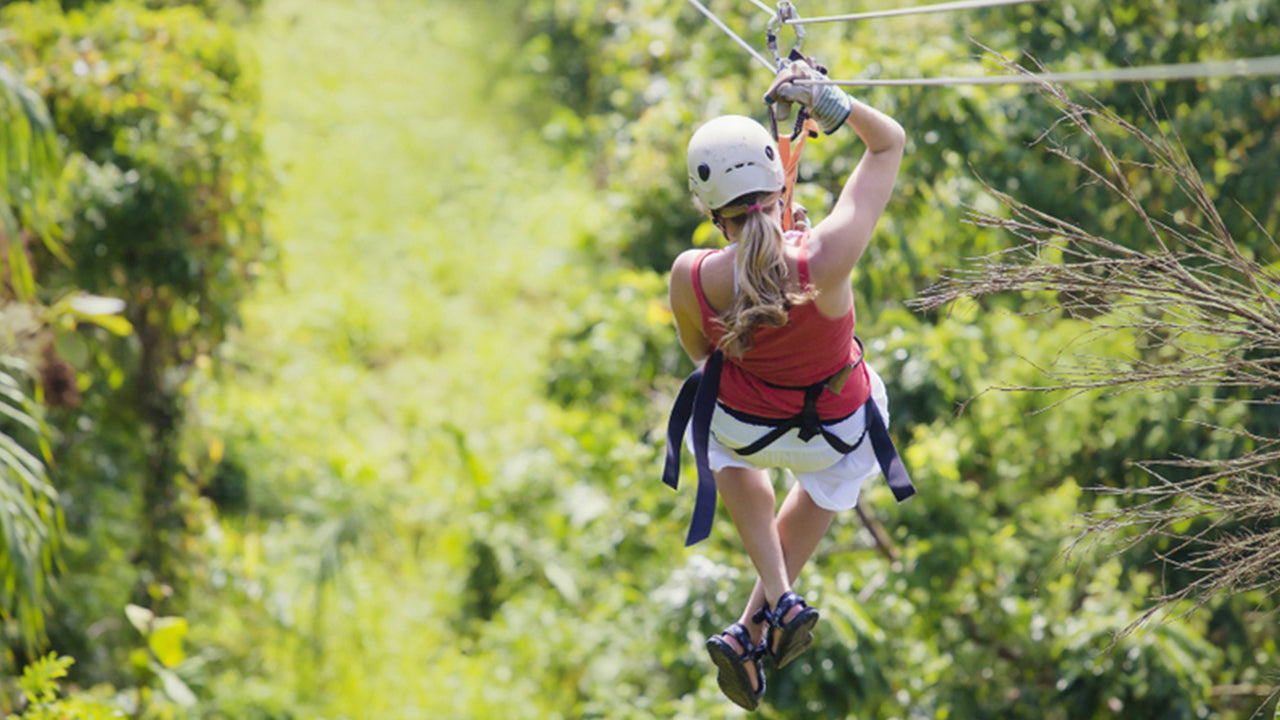
Polonnaruwa City
Polonnaruwa, a UNESCO World Heritage Site in Sri Lanka, was the country's medieval capital (11th-13th century). Renowned for its well-preserved ruins, including the iconic Gal Vihara statues, it showcases impressive architecture, reflecting the grandeur of the ancient Sinhalese civilization.
Polonnaruwa Kingdom
Polonnaruwa also referred as Pulathisipura, and known as Vijayarajapura in ancient times is the main town of Polonnaruwa District in North Central Province, Sri Lanka. The modern town of Polonnaruwa is also known as New Town, and the other part of Polonnaruwa remains as the royal ancient city of the Kingdom of Polonnaruwa.
The second oldest of all Sri Lanka's kingdoms, Polonnaruwa was first established as a military post by the Sinhalese kingdom. It was renamed Jananathamangalam by the Chola dynasty after their successful invasion of the country's then capital, Anuradhapura, in the 10th century. The Ancient City of Polonnaruwa has been declared a World Heritage Site.
Polonnaruwa Old Town
Polonnaruwa Old Town is where the well preserved ruins of the ancient city of Polonnaruwa, a world heritage site, are located. The ruins are clustered over an extensive area which runs s about 4km from north to the south. Among the multitude of ruins, Citadel, Quadrangle, Gal Vihara (Sinhala: stone temple) and Lanktilaka, Gal Pota (Sinhala: stone book), The Menik and Rankoth vihara Buddhist shrines, Alahena Pirivena monastery, Lankatilaka (Sinhala: Ornament of Lanka), Kiri Vehera stupa, Tivanka-patamaghara image house Buddhist shrine, are must visit attractions.
To the west of the ancient city is inland-sea like Parakrama Samudra (Sinhala: sea of Parkramabahu) man-made lake built in the 13th century and rehabilitated in 1950s.
Polonnaruwa Museum
Polonnaruwa Museum is the ideal starting point in touring the ancient city of Polonnaruwa: the impressive presentation at the museum imparts a wealth of knowledge that would help come to grips with numerous ruins, preserved ruins, restored ruins and rehabilitated irrigation network that consists of man-made rainwater reservoirs and canals that distribute water to the agricultural district of Polonnaruwa.
About Polonnaruwa District
Polonnaruwa is the 2nd largest city in north central province in Sri Lanka. The ancient city of Polonnaruwa has been declared a World Heritage site by UNESCO Polonnaruwa has a great history of conquest and struggle behind it and rightfully forms the third element in the Cultural Triangle. Located about 140 kms north east from Kandy,Polonnaruwa offers hours of endless pleasure for history and culture lovers, as there are numerous sights of significance.
Much of the physical ruins standing today are credited to King Parakrama Bahu I who spent many royal resources on town planning, including parks, edifices, irrigation systems and so on. The period of his rule is considered a golden age where the kingdom thrived and prospered under a visionary ruler. The Parakrama Samudra is a mammoth tank and named after its patron. The popular kings Royal Palace, the Audience Hall encircled by beautifully carved stone elephants and the Bathing Pool reflect the superior engineering capabilities of the time.
About North Central Province
North Central Province which is the largest province in the country covered 16% of total country's land area. North Central Province consist two districts called Polonnaruwa and Anuradhapure. Anuradhapura is the largest district in Sri Lanka. Its area is 7,128 km².
North Central Province has numerous potentials for Investors to start their Businesses, especially Agriculture, agro based industries and Livestock sectors. More than 65% of North Central Province's people depend on basic Agriculture and agro base industries. NCP also called "Wew Bendi Rajje" because there are more than 3,000 medium and large scale tanks situated in the province. Sri maha bodiya, Ruwanweli seya, Thuparama dageba, Abayagiri Monastry, Polonnaruwa Rankot wehera, Lankathilake are scared

